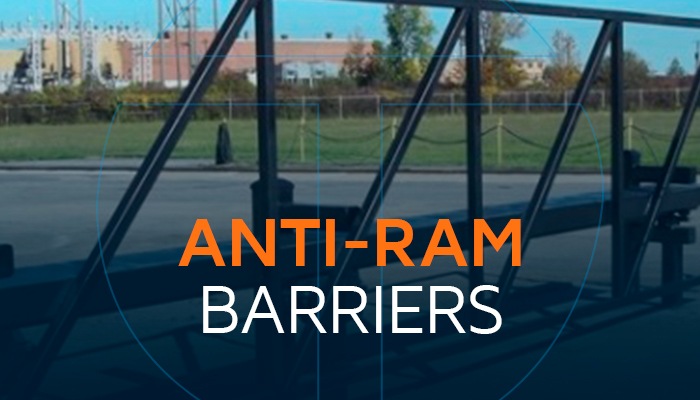The Main Principles Of Wedge Barriers
Wiki Article
Facts About Wedge Barriers Uncovered

Wedge Barriers Things To Know Before You Get This
The staying force applied to the cam webcam deploy the wedge plate 16 may be provided supplied an electromechanical actuator 84 or other actuator. The spring setting up 54 and the actuator 84(e. Wedge Barriers. g., electromechanical actuator)might run with each other to translate the web cam and raise the wedge plate 16.
As discussed above, the springtime assembly 54 applies a constant pressure on the cam, while the electromechanical actuator may be managed to exert a variable pressure on the webcam, thus allowing the lifting and lowering( i. e., releasing and pulling back )of the wedge plate 16. In specific personifications, the constant force applied by the springtime assembly 54 may be flexible. g., electromechanical actuator) is impaired. As will be appreciated, the spring assembly 54 may be covered and secured from debris or other components by a cover plate(e. g., cover plate 68 displayed in FIG. 4) that might be considerably flush with the elevated surface area 38 of the foundation 14. As pointed out over, in the deployed position, the wedge plate 16 offers to obstruct access or traveling past the barrier 10. For instance, the obstacle 10(e. g., the wedge plate 16 )might block pedestrians or cars from accessing a building or pathway. As talked about over, the barrier 10 is connected to the anchor 30 secured within the structure 14,

front brackets 71. As a result, the link settings up 72 might pivot and rotate to make it possible for the collapse and expansion of the link assemblies 72 throughout retraction and release of the bather 10. The link assemblies 72 reason motion of the wedge plate 16 to be restricted. If a car is traveling towards the released wedge plate 16(e. For instance, in one situation, the security legs 86 may be expanded throughoutmaintenance of the barrier 10. When the security legs 86 are deployed, the safety and security legs 86 sustain the weight of the wedge plate 16 against the surface 12. Therefore, the training system 50 may be shut down, serviced, removed, changed, and so forth. FIG. 5 is partial perspective sight of a personification of the surface-mounted wedge-style barrier 10, highlighting the web cam 80 and the camera surfaces 82 of the training system 50. Specifically, 2 web cam surfaces 82, which are described as reduced webcam surface areas 83, are positioned below the camera 80. The lower webcam surfaces 83 may be fixed to the surface area 12 (e. For example, the lower camera surfaces 83 and the mounting plate 85 might form a their website solitary piece that is safeguarded to the anchor 30 by screws or other mechanical bolts. Furthermore, 2 webcam surface areas 82, which are referred to as top webcam surface areas 87, are positioned over the cam 80 and paired to (e. In other personifications, intervening layers or plates may be placed between the surface area 12 and the lower camera surface areas 83 and/or the wedge plate 16 and the upper web cam surfaces 87 As mentioned above, the web cam 80 translates along the camera surfaces 82 when the wedge plate 16 is lifted from the pulled back position to the deployed setting. Additionally, as pointed out over, use this link the spring assembly 54 (see FIG. 3 )might provide a force acting upon the web cam 80 in the direction 102 by means of springtime rod 58, which may decrease the pressure the electromechanical actuator 84 is required to apply to the web cam 80 in order to actuate and lift the wedge plate 16. 1 )to the released placement(see FIG. 4). As revealed, the cam 80 includes track wheels 104(e. g., rollers), which get in touch with and convert along the cam surfaces 82 during procedure.
Report this wiki page